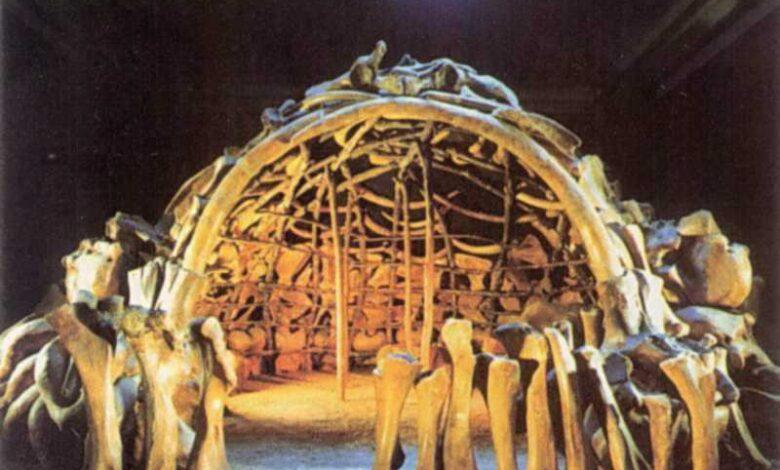On the territory of Ukraine, scientists have found the oldest evidence of processing mammoth tusks

At the site of the prehistoric site of Medzhibyzh, located in the territory of the Khmelnytsky region, Ukrainian scientists discovered fragments of processed bones of mammoths, which were left by ancient people about 400 thousand years ago. Researchers consider these findings to be the earliest evidence of purposeful processing of mammoth tusks, informs International Journal of Osteoarchaeology.
Within the scope of the study, scientists analyzed artifacts made of mammoth bones found at the site of the Lower Paleolithic era, a period characterized by significant variability of technologies that arose at different times in different regions.
The Lower Paleolithic is traditionally divided into the Olduvai stage (approximately 2.6 to 1 million years ago), when the first chopping tools appeared, and the Acheulean stage (approximately 1.7–1.5 million to 250–200 thousand years ago), when our ancestors began to create more complex tools, including hand axes.
At the Medzhibizh site, researchers discovered tools made of mammoth bone, which were created using methods typical of stone artifacts. In particular, we are talking about the technique of bipolar splitting – a process where the workpiece is split by hitting a solid base.
One of the co-authors of the study, Oleksandr Naumenko from the National History Museum of Ukraine, noted that fresh mammoth tusk is too hard for processing, so it needs preliminary preparation. According to him, the experiments, the results of which will be made public later, showed that the inhabitants of the parking lot split weathered tusk fragments to make tools, because in this state the material is better processed.
“Why did ancient hominins (the subfamily of primates to which modern humans belong) take on such a specific material? Of course, one wants to imagine ancient humans making toys, but I think it has to do with the strategy of exploiting raw materials.” Naumenko noted.
The scientist suggests that the wide range of processing methods could be the result of a flexible technological approach of the inhabitants of the site, a low level of selection of forms and limited specialization in the production of tools.
“The coolest objects, around which the majority of analytics unfolds, are the bipolar nucleus and the tip. You can view the simplified models of the artifacts using the link,” Naumenko added.
Visit: pslava.info





